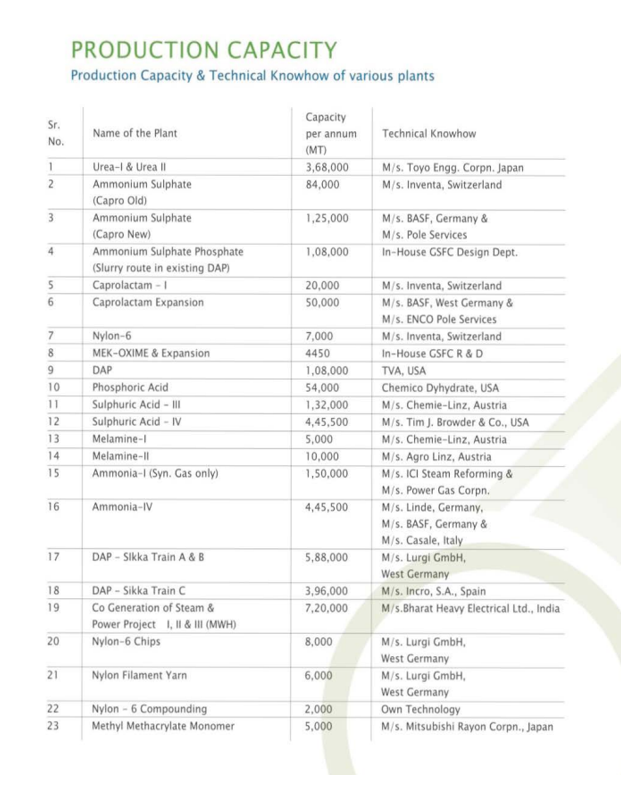-OPM betwee 18-19% ( consolidated )in last 3-4 yrs
standalone between 20-25%
-sales growth last 3 yrs 16% and profit growth 23%
- Almost debt free
- High debtor days
-Good ROCE and ROE
EBITDA Margins - Company is hopeful for maintaining margins of 18-19%
-Manufacturing ,JV and R&D
1- Navi Mumbai- Capacity 36000 MT
2 Malaysia -6500 MT
3- Upcoming- Ambernath facility - 36000 TPA
4-JV with HealthGuard Australia for durable metal-free sustainable chemistry solutions that are anti-microbial and anti-viral(textile,detergent, leather and allied products)
5-Sasmira-Setting up a state of art Research & Development centre in collaboration with Sasmira Institute, one of India’s premier textile institutes
-Fy 21 R&D expenses 1.85 cr with top line of 219 cr ( I hope after Sasmira Tie up R&D will be much better
The capacities for the company are fungible across segments and products. This has resulted in better revenue generation on every unit of investment. Additionally, the investment required to put up additional capacities is low for the company and this has supported the strong
RoCE at 21-22% and asset turnover of more than 5 times over the past few years
Business Segment -
- Textile ( Major Revenue)
- Home Care and Hygiene( Recent Entry )
- Drilling ( Recent entry)
-Other Specialities
-Speciality textiles - FCL manufactures chemicals for entire valve chain in textile segment from weaving to finishing.
- Major Customer ( See Below)
Sales in 60+ countries including Brazil, Bangladesh, Germany, Indonesia, Malaysia, Singapore, Syria, Thailand, USA, Venezuela and Vietnam
-Revenue mix ( FY 21) 57% international 43% india
Aquastrike VCF–( Product developed by Malaysian subsidiary ) waiting for WHO Approval since last 3 yrs ( Not sure whether they will get approval or not but its a interesting product )
It is a non toxic, non polluting, Eco-friendly solution, produced
• Simply poured on the water surface at a rate of 1ml per square meter, the silicon based
liquid forms a molecule thick film, that doesn't stop water oxygenation (so no effect on fish, worms, snails and vegetals) but alter the water surface tension
. As a result, larvae and pupae are unable to attach their breathing syphon and end up drowning.
• The adult mosquitoes while trying to lay eggs on the surface of the water, drown because of the lower surface tension.
• It doesn't kill the mosquitoes by poisoning. Aquastrike effect is physical not chemical,
which eliminates the risk of mosquito developing immunity to the product as it is the case
with some insecticides or even BTI.
Risk -
1- Big European competitors
Clariant ( Archroma)
Huntsman
Woodolf
CHT
Woolera
ICI Croda
2-Sebi Fined Promotors for IPO case
3- Many family transections ( Probably to save Tax) Read article by Dr Vijay Malik for Details .
Why I bought shares of FCL
1- New capacity in coming up
2- Tie Up with Health Guard Australia for products
3- Growth in Textile industry
4- Recent entry in Home care and Hygiene Products
5- R&D will be better with SASMIRA tie-up.



